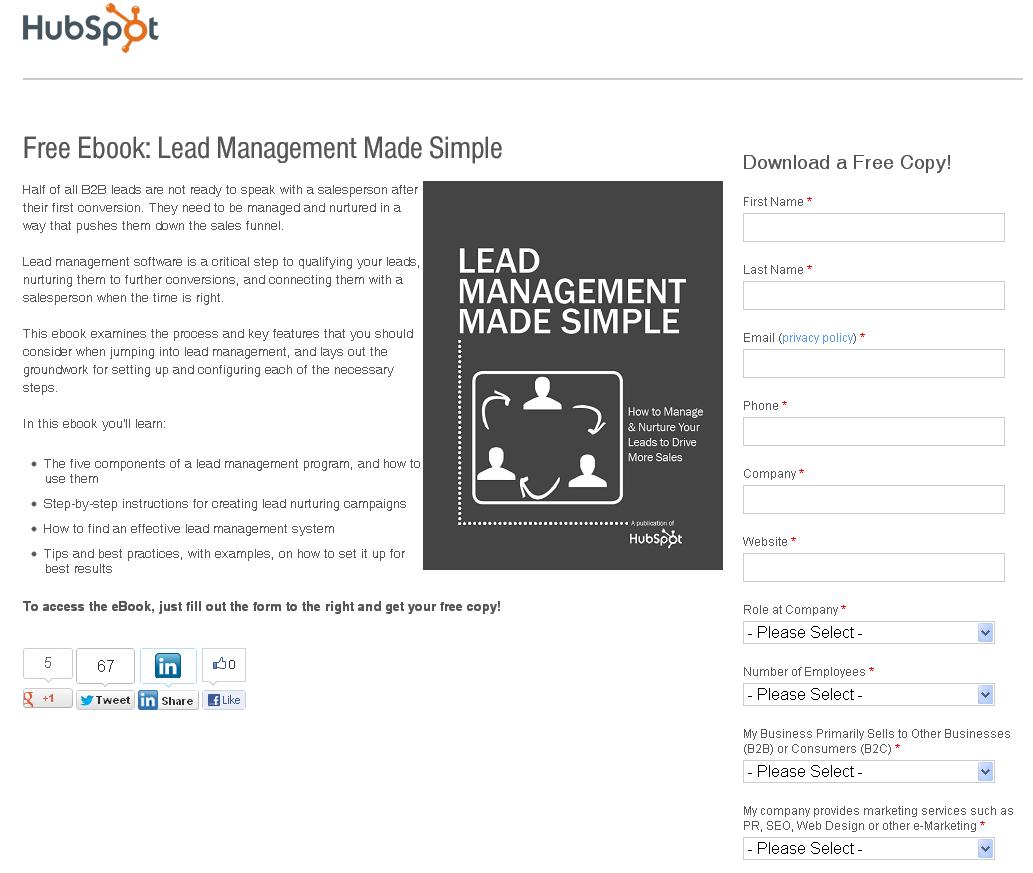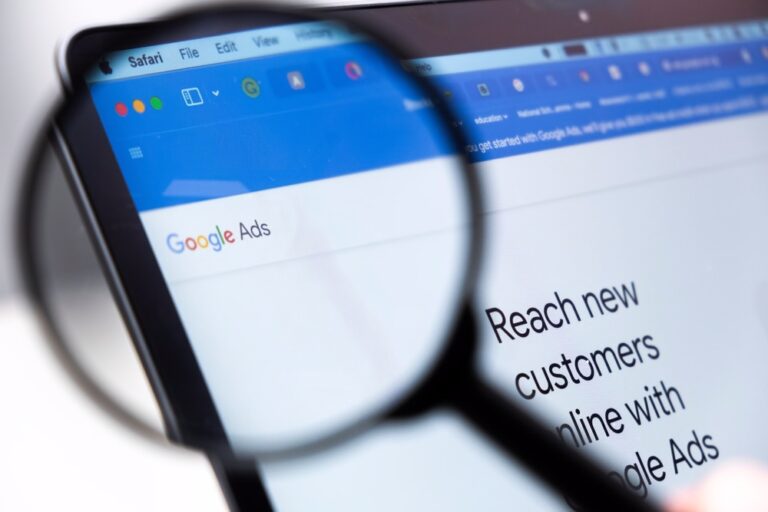Turn current visitors into converting visitors
Conversion rate optimisation (CRO) is the method of converting website visitors into customers without spending additional money on attracting more visitors to the website in the first place. Simply put, it’s the process of turning current visitors into converting visitors.
Because bounce rate is a good way to measure how useful or relevant online content it, conversion rate optimisation focuses on decreasing a visitor’s bounce rate and click rate in order to determine ‘usefulness’ and to generate leads.
A good place to start is to find out why visitors aren’t converting in the first place. Is it because your checkout process is far too long? Is it because it’s really hard to find out exactly what services you offer? Or perhaps it’s because your contact details are not prominently displayed or your product photos are unappealing? When you realise that you are ultimately in control of the success of your website you will be able to improve conversions and have fun doing so.
Conversion rate optimisation asks just two questions:
- Why are visitors not converting?
- What can I do to fix this?
It’s that simple.
The most popular methods used for improving conversion rates (according to a 2011 study by RedEye in association with Econsultancy) are:
- 53% – A/B testing
- 47% – Customer journey analysis
- 46% – Copy optimisation
- 44% – Online surveys / customer feedback
- 38% – Usability testing
- 37% – Competitor benchmarking
- 32% – Cart abandonment analysis
- 28% – Event-triggered/behavioural email
- 25% – Segmentation
- 24% – Multivariate testing
- 23% – Expert usability reviews
However, the most valuable methods are as follows:
- A/B testing
- Multivariate testing
- Customer journey analysis
- Usability testing
- Segmentation
- Card abandonment analysis
Here are some of the things you can do to improve your conversion rate:
1. Analyse your Sales Funnel
Pay attention to your sales funnel in Google Analytics. If you haven’t set up a funnel, do so. It’s dead easy and it will allow you to see where in the checkout process people are leaving and where your biggest opportunities are. If you need to know how to do this, go ahead an check out the Google Analytics Help Center.
2. Find out where your traffic is going
If you’re going to spend time optimising your portfolio page when all of the traffic is coming through to your services page, you’re wasting time. Make sure you stay on top of the analytics data so that you know which pages are doing best and which are doing very poorly. And don’t forget to take a good look at time on site and bounce rate.
You should also consider setting up Event Tracking in Google Analytics. This will give you a better idea about which elements on the page people are clicking on or interacting with.
3. Survey or talk to your customers
How will you know where you are going wrong if you don’t ask people what they are interested in or why they chose your website? This doesn’t have to be a direct telephone survey. It might be something as simple as asking a couple of questions in exchange for a whitepaper download. That’s what HubSpot does, though they really do ask a lot of questions. You may want something a little more simple.
4. Be the first person your customer thinks of
If you want someone to buy from you and keep coming back, you’ve got to be memorable and make sure that users have a good experience on your site. There’s more to it though – you’ve also got to deliver on it. Make sure the service you offer is as amazing as your site. And, perhaps the easiest step of all – keep in touch. Don’t give them the chance to forget you.
5. Boast … a little
Take a look at how SEOmoz have implemented this technique on their ‘plans page’:
6. Create a sense of urgency
Offers that are only available for a limited period of time encourage people to take action. Travel websites use this tactic quite a bit. Think of all those last minute travel packages and flight deals. But you might use the same tactic on a service or a download.
7. Use Call-to-Actions
This might be a button directing someone to download your free Whitepaper (in exchange for an email address), or it might be a ‘tweet this’ link. Perhaps it’s a button simply directing people to additional relevant information. It may be a ‘try it free’ link or it may be CTA copy explaining and encouragaing the user to take action.
If you’re in the business of generating leads, CTA’s are indispensable. Furthermore, you can segment your CTAs so that each reveals which stage of the ‘buying process’ the customer is currently at. This will help you better tailor future communications.
8. Use the right monitoring/tracking tools
ClickTale is another tool that will show you heatmaps. It can also record videos of your user’s session which should help you get a much better idea about how people are using your site.
Bear in mind – there is not just one way to improve conversion rate. There are many methods, from optimising on-page content to better email segmentation. If you want to find out more about this particular area, get in touch with Xanthos Digital Marketing. We’ll be happy to help.














